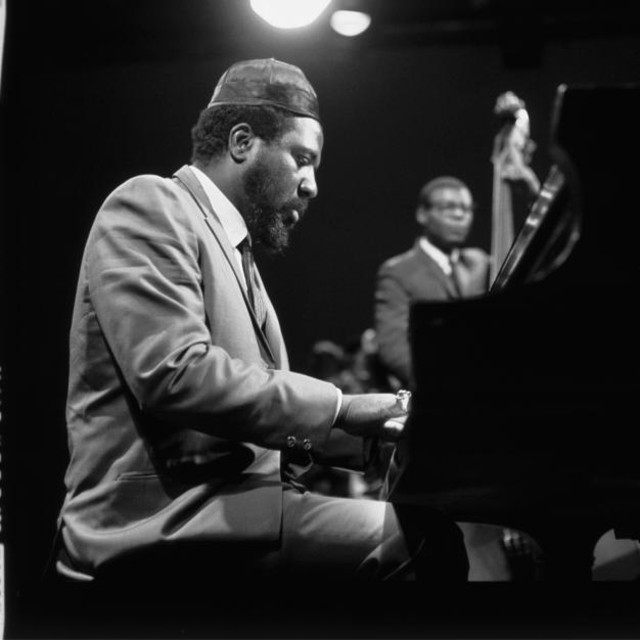Thelonious Sphere Monk, born on October 10, 1917, in Rocky Mount, North Carolina, is one of the most influential figures in the history of jazz. His innovative approach to composition and improvisation, characterized by dissonant harmonies and unconventional rhythms, revolutionized the genre and left an indelible mark on the music world.
- Unique Style and Technique: Thelonious Monk is renowned for his distinctive playing style, which incorporated unusual rhythms, dissonances, and melodic twists. His approach to the piano often included angular melodies, abrupt changes in dynamics, and percussive strikes on the keys. This idiosyncratic technique set him apart from his contemporaries and helped shape the sound of modern jazz.
- Early Musical Beginnings: Monk began playing the piano at a young age, reportedly as early as six years old. By the time he was a teenager, he was already performing in New York City clubs. His early exposure to the vibrant music scene in New York greatly influenced his musical development and provided a foundation for his future career.
- High School Dropout: Monk dropped out of Stuyvesant High School to pursue his musical career. Despite not completing his formal education, he became one of the most influential figures in jazz. His self-taught and unconventional approach to music theory and composition contributed to his unique sound.
- House Pianist at Minton’s Playhouse: In the early 1940s, Monk served as the house pianist at Minton’s Playhouse in Harlem. This venue was a hotbed for the burgeoning bebop movement, and Monk’s collaborations with other jazz greats like Charlie Parker and Dizzy Gillespie were pivotal in the development of the genre.
- Struggles with Mental Health: Monk faced significant mental health challenges throughout his life. He was hospitalized several times and was eventually diagnosed with bipolar disorder. Despite these struggles, he continued to compose and perform, leaving an indelible mark on the world of jazz.
- Distinctive Fashion Sense: Monk was known for his unique sense of style, often sporting distinctive hats, sunglasses, and suits. His fashion choices became an integral part of his public persona, adding to his mystique and making him a memorable figure both on and off the stage.
- Composer of Jazz Standards: Many of Monk’s compositions have become jazz standards. Tunes like “Round Midnight,” “Blue Monk,” and “Straight, No Chaser” are regularly performed and recorded by jazz musicians worldwide. His compositions are celebrated for their intricate melodies and complex harmonies.
- First Jazz Musician on Time Magazine Cover: In 1964, Thelonious Monk became one of the few jazz musicians to be featured on the cover of Time magazine. This honor highlighted his significant influence on the jazz world and his status as a leading figure in the genre.
- Influence on Modern Jazz: Monk’s innovative techniques and compositions have had a lasting impact on jazz and beyond. Musicians across various genres continue to draw inspiration from his work, and his contributions are frequently studied in music schools. His influence is evident in the works of numerous contemporary jazz artists.
- Posthumous Recognition: Despite facing many challenges during his life, Monk’s genius has been widely recognized posthumously. He was awarded a posthumous Grammy Lifetime Achievement Award in 1993, and in 2006, his album “Genius of Modern Music: Volume 1” was added to the National Recording Registry by the Library of Congress. Monk’s legacy continues to thrive, ensuring that his contributions to jazz are remembered and celebrated for generations to come.


No responses yet